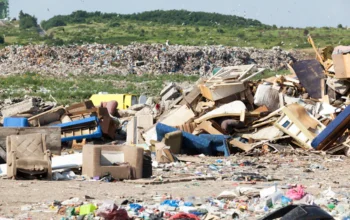Fiberglass pools are becoming increasingly popular due to their durability, ease of maintenance, and quick installation process. Here’s a detailed look at the steps involved in Fiberglass pool installation:
- Site Preparation: The process begins with site assessment and preparation. The installation team will survey the area to ensure it meets the requirements for the pool size and shape. This involves clearing the site of any debris, leveling the ground, and marking out the pool’s position.
- Excavation: Unlike traditional concrete pools, fiberglass pools require minimal excavation. A hole is dug according to the pool’s dimensions, typically using heavy equipment like excavators. The depth and shape of the hole are crucial to ensuring proper Fiberglass pool installation and stability.
- Delivery and Placement: Once the excavation is complete and inspected, the fiberglass pool shell is delivered to the site. It’s carefully lowered into the prepared hole using cranes or specialized equipment. Precision is key to avoid damage to the shell during this step.
- Leveling and Backfilling: After placing the pool shell in the hole, the installation team ensures it is perfectly level. This is crucial for the pool’s structural integrity and aesthetic appeal. Backfilling is then done around the pool shell using gravel or sand to provide support and stability.

- Plumbing and Electrical Work: Next, the plumbing and electrical components are installed. This includes connecting the pool’s filtration system, pumps, and lights according to local building codes and manufacturer specifications. Proper installation of these components ensures efficient operation and safety.
- Decking and Finishing Touches: Once the pool shell is secure and the plumbing/electrical work is completed, the surrounding area is prepared for finishing touches. This may involve pouring concrete for the pool deck, installing coping stones, or adding landscaping elements around the pool area.
- Filling and Testing: With everything in place, the pool is filled with water. During this process, the installation team checks for any leaks or plumbing issues. The pool’s equipment is tested to ensure proper functionality, including filtration, heating (if applicable), and circulation.
- Final Inspection and Handover: After filling and testing, a final inspection is conducted to ensure compliance with safety and quality standards. The installation team provides instructions on pool maintenance and operation to the homeowner. Once approved, the pool is ready for use.




